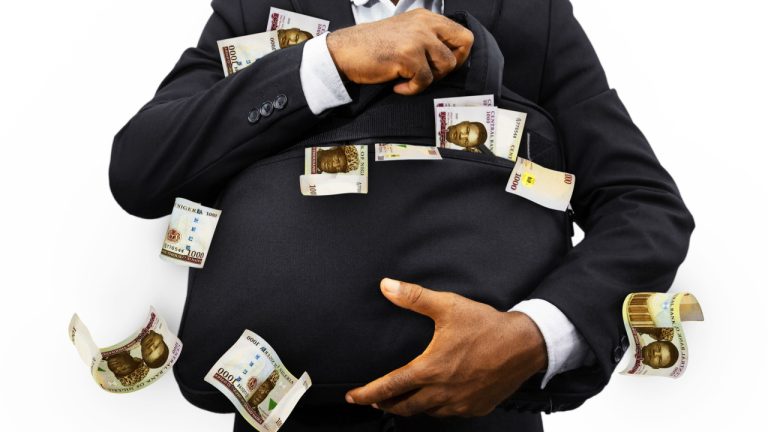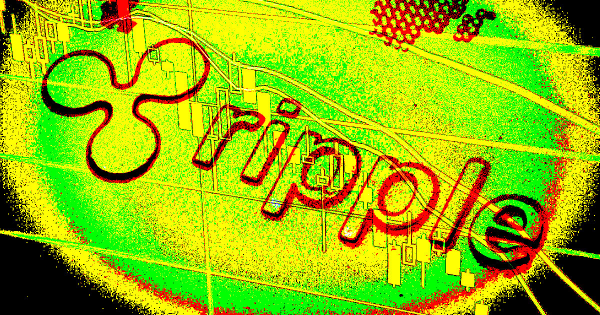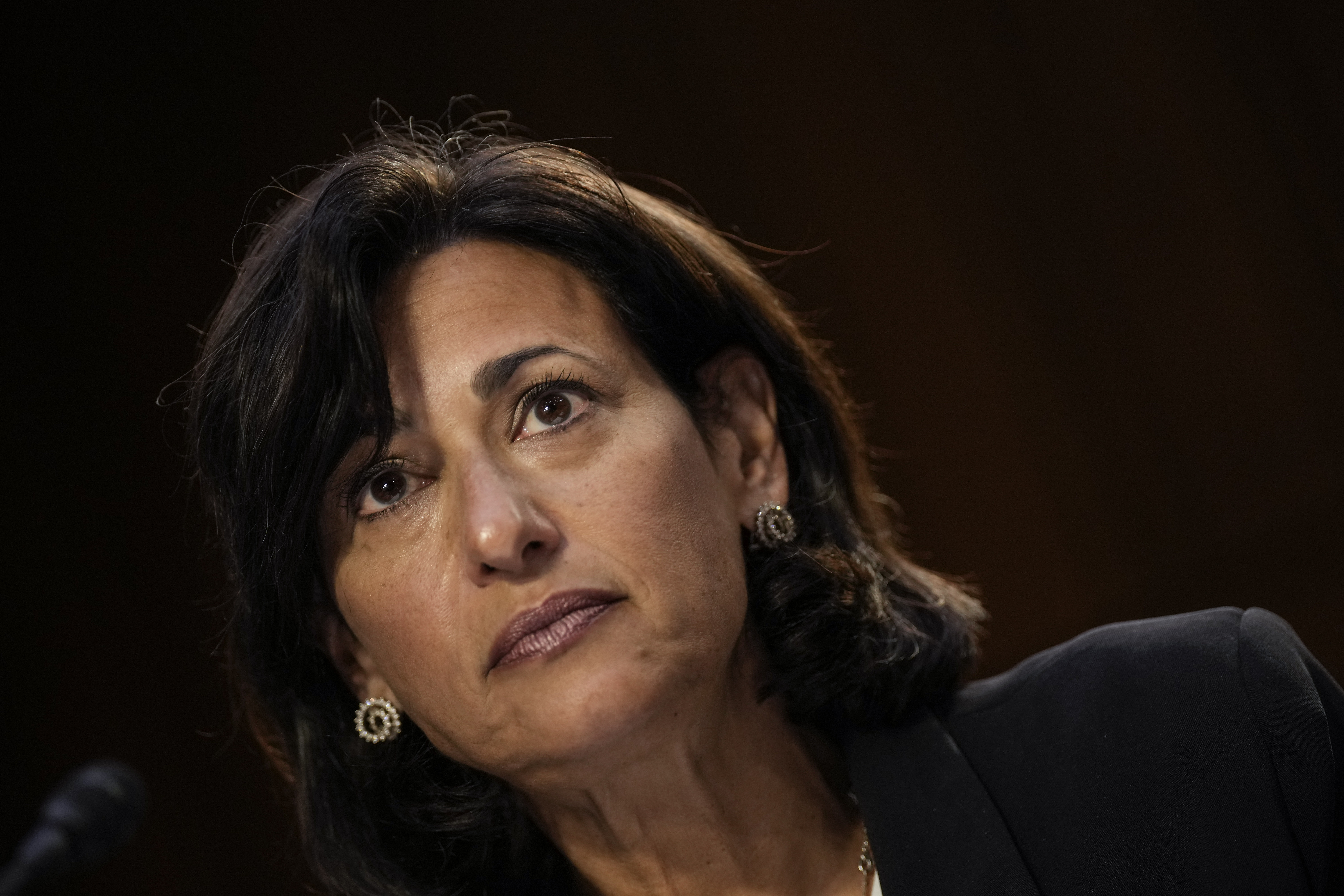
A Bank of America economist, Tatonga Rusike, has said the Nigerian currency is overvalued by as much as 20% and will likely be devalued in 2030. The remarks by the economist came just days after the currency’s exchange rate reportedly touched a new low of just under 750 naira for every U.S. dollar on the parallel market.
Currency Fair Value Analysis
According to a Bank of America economist, Tatonga Rusike, the Nigerian currency, which has officially stayed below the 450:1 mark since May 2021, is overvalued by 20% and he expects it to be devalued by as much in 2023. In his October 18 note to clients, Rusike reportedly said the bank came to this conclusion after examining indicators like the central bank’s real effective exchange rate and the widely used parallel market exchange rate.
In addition to using the two exchange rates, the bank also used its own currency fair value analysis to determine the extent of the naira’s overvaluation. Meanwhile, Rusike’s devaluation comments came just days after the currency’s exchange rate reportedly touched a new low of just under 750 naira for every U.S. dollar on the parallel market.
Before that, Bitcoin.com News reported on October 3 that the naira versus the dollar exchange rate had slipped to its then-all-time low of 735 for every dollar. In the past, Nigerian monetary authorities have laid the blame for the currency’s woes on forex speculators. Ongoing shortages of the key resource are also seen as another factor contributing to the naira’s freefall.
Authorities Likely to Devalue the Naira in 2023
Just like other Nigerian experts, Rusike is adamant that the naira will likely continue to weaken against the U.S. dollar, which has been gaining ground versus other global currencies. The economist said:
We see scope for it to weaken by an equivalent amount over the next six-nine months, taking it to as high as 520 per USD.
Nigeria’s statistician-general, Prince Semiu Adeyemi, recently suggested that the naira’s continuing free-fall is partly the reason why the country’s inflation rate marginally rose from 20.52% in August to 20.77% in September.
Meanwhile, the Bank of America has warned that if the gap between the official exchange and parallel market rate is not narrowed, this could lead to a greater “likelihood of increasing excess demand for foreign currency on the parallel market.”
Register your email here to get a weekly update on African news sent to your inbox:
What are your thoughts on this story? Be sure to let us know in the comments section below.









